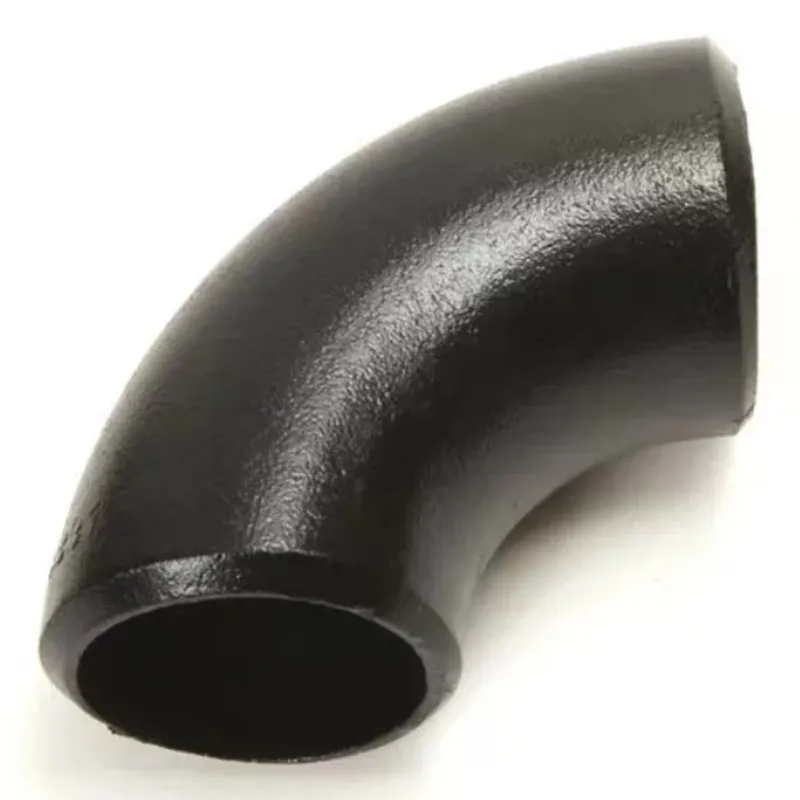-
Cangzhou Yulong Steel Co., Ltd.
-
Phone:
+86 13303177267 -
Email:
admin@ylsteelfittings.com
- English
- Arabic
- Italian
- Spanish
- Portuguese
- German
- kazakh
- Persian
- Greek
- French
- Russian
- Polish
- Thai
- Indonesian
- Vietnamese
- Zulu
- Korean
- Uzbek
- Hindi
- Serbian
- Malay
- Ukrainian
- Gujarati
- Haitian Creole
- hausa
- hawaiian
- Hebrew
- Miao
- Hungarian
- Icelandic
- igbo
- irish
- Japanese
- Javanese
- Kannada
- Khmer
- Rwandese
- Afrikaans
- Albanian
- Amharic
- Armenian
- Azerbaijani
- Basque
- Belarusian
- Bengali
- Bosnian
- Bulgarian
- Catalan
- Cebuano
- China
- China (Taiwan)
- Corsican
- Croatian
- Czech
- Danish
- Esperanto
- Estonian
- Finnish
- Frisian
- Galician
- Georgian
- Kurdish
- Kyrgyz
- Lao
- Latin
- Latvian
- Lithuanian
- Luxembourgish
- Macedonian
- Malgashi
- Malayalam
- Maltese
- Maori
- Marathi
- Mongolian
- Myanmar
- Nepali
- Norwegian
- Norwegian
- Occitan
- Pashto
- Dutch
- Punjabi
- Romanian
- Samoan
- Scottish Gaelic
- Sesotho
- Shona
- Sindhi
- Sinhala
- Slovak
- Slovenian
- Somali
- Sundanese
- Swahili
- Swedish
- Tagalog
- Tajik
- Tamil
- Tatar
- Telugu
- Turkish
- Turkmen
- Urdu
- Uighur
- Welsh
- Bantu
- Yiddish
- Yoruba

Dec . 05, 2024 13:22 Back to list
Overview of ASTM A106 Grade B Steel Pipe Specifications and Applications
Understanding ASTM A106 Grade B Standard
The ASTM A106 Grade B standard plays a pivotal role in the field of materials engineering, particularly when it comes to the manufacturing and quality assurance of seamless carbon steel pipes. Established by the American Society for Testing and Materials (ASTM), this specification outlines the requirements for high-temperature service applications, ensuring that materials meet stringent performance criteria.
Overview of ASTM A106 Grade B
ASTM A106 is a standard specification for seamless carbon steel pipe for high-temperature service. It is divided into three grades A, B, and C, with Grade B being the most widely utilized for various industrial applications. The key attribute of A106 Grade B pipes is their excellent mechanical properties, which include a minimum yield strength of 35,000 psi and a minimum tensile strength of 60,000 psi. These specifications make it an ideal choice for applications involving high temperatures and pressures.
Applications
The applications of ASTM A106 Grade B pipes are diverse, ranging from oil and gas pipelines to power generation and chemical processing industries. Due to its high-temperature strength, these pipes are often used in refineries and petrochemical plants. They are particularly suitable for carrying fluids under complex conditions, including steam, water, and gases at elevated temperatures.
Manufacturing Process
The manufacturing process for ASTM A106 Grade B pipes typically involves a steelmaking process accompanied by various shaping and forming techniques. The seamless pipe is produced from a solid round steel billet, which is heated and stretched to create the desired diameter and wall thickness. The absence of seams in the pipe eliminates potential weak points, making it less susceptible to failure under extreme conditions.
Quality checks and tests are conducted throughout the manufacturing process to ensure compliance with ASTM standards. Tests include hydrostatic testing, ultrasonic examination, and non-destructive testing methods to ascertain the integrity and performance standards of the pipes.
astm a a106 gr b standard

Chemical Composition
The chemical composition is crucial in determining the mechanical properties of ASTM A106 Grade B pipes. The standard specifies a range of elements, including carbon, manganese, phosphorus, sulfur, and silicon. Typically, the carbon content is limited to a maximum of 0.26%, with manganese up to 0.95%. This specific composition contributes to the strength and durability of the pipes, allowing them to maintain their structural integrity under high-temperature conditions.
Heat Treatment
Although ASTM A106 Grade B pipes do not require heat treatment, they may undergo processes to improve toughness and reduce brittleness. Depending on the application, heating techniques such as normalizing may be implemented, especially for pipes used in critical service conditions.
Standards and Certifications
Compliance with ASTM A106 Grade B is critical for manufacturers and vendors in ensuring product reliability. Various certifications, such as ISO 9001, further ensure that the production processes meet international quality standards. This compliance reassures customers that they are receiving reliable, durable products appropriate for high-pressure applications.
Conclusion
In summary, ASTM A106 Grade B standard holds significant importance in the construction and manufacturing industries, especially concerning seamless carbon steel pipes designed for high-temperature and high-pressure applications. Knowledge of the specifications, manufacturing processes, and applicable standards surrounding ASTM A106 Grade B is essential for engineers, procurement specialists, and quality assurance personnel. As industries continue to evolve, adherence to these standards will remain critical in maintaining the safety and efficiency of piping systems across various applications. By understanding and implementing the ASTM A106 Grade B specifications, industries can ensure the longevity and performance of their piping solutions.
Latest news
-
ANSI 150P SS304 SO FLANGE
NewsFeb.14,2025
-
ASTM A333GR6 STEEL PIPE
NewsJan.20,2025
-
ANSI B16.5 WELDING NECK FLANGE
NewsJan.15,2026
-
ANSI B16.5 SLIP-ON FLANGE
NewsApr.19,2024
-
SABS 1123 FLANGE
NewsJan.15,2025
-
DIN86044 PLATE FLANGE
NewsApr.19,2024
-
DIN2527 BLIND FLANGE
NewsApr.12,2024
-
JIS B2311 Butt-Welding Fittings LR/SR 45°/90° /180°Seamless/Weld
NewsApr.23,2024











